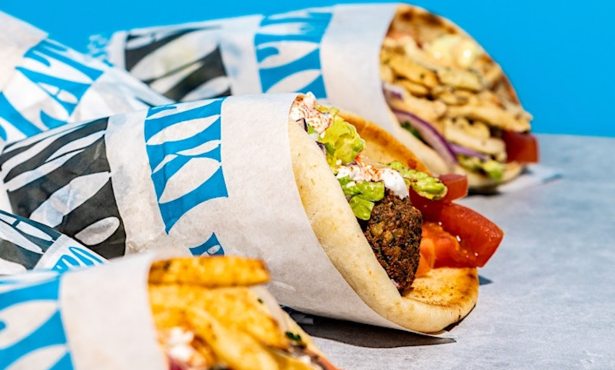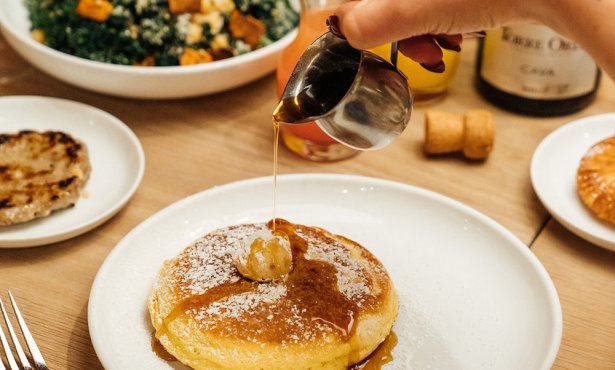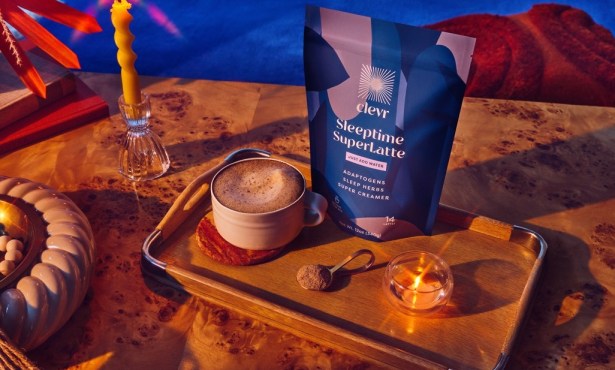Profile: Sauvignon Blanc
Introducing Methoxypyrazines, the Wine Word of the Week
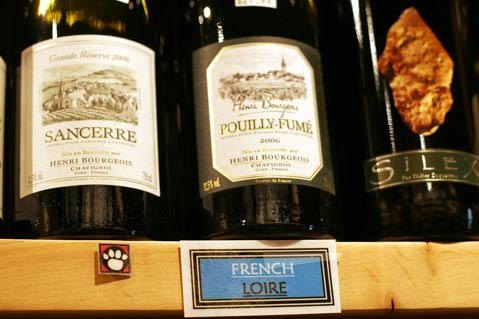
A wine’s job, first and foremost, is to quench and refresh the palate. After that, we can talk about the nuances of structure, balance, and whether it smells of the first blossoms of spring or tastes like flinty river rocks. Acidity is a key element of refreshment-it invigorates the taste buds, stimulates salivary glands, and efficiently rejuvenates the palate so that the next bite of food tastes as good as the first. Among grape varieties, sauvignon blanc certainly ranks as one of the liveliest of “palate-cleansers” and one of the most versatile, food friendly wines.
On a recent hot day, my monthly wine tasting group explored a dozen expressions of sauvignon blanc, equally divided between “new world” wines from the Americas, Australia, or New Zealand and “old world” wines from Europe. The exercise was enlightening, especially in constructing some useful generalities about the variety.
All possessed the signature mouthwatering acidity of the grape. Beyond that, however, there were some striking differences between the two groups as well as among individual wines. Broadly speaking, the New World wines were, not unexpectedly, more bombastic and boldly fruity. The Old World examples generally offered a more subtle aromatic profile. One of the most notable aspects among all of the wines was the variable presence and perception of sauvignon blanc’s most distinguishing chemical components, the methoxypyrazines.
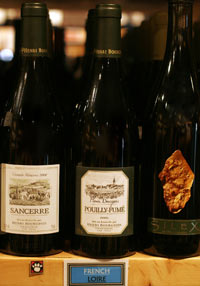
Methoxypyrazines are the class of chemical compounds responsible for sauvignon blanc’s characteristic herbaceous, bell-peppery, green pea aromatics (they’re also a key aromatic component of the grape’s genetic offspring, cabernet sauvignon). These compounds occur naturally in the grapes and are inversely affected by levels of ripeness, temperature, and sunlight exposure. Concentration within the berry can fluctuate dramatically through the life cycle of the fruit. Since human noses are quite sensitive to the presence of the compounds, winemakers can have a significant influence on the expression of methoxypyrazines though such choices as vineyard site, canopy management, and harvesting date.
This is particularly noticeable in the case of New Zealand sauvignons, where it is not uncommon to blend early harvested grapes with those picked at greater ripeness levels in order to develop complexity. The resulting wines often have pronounced green notes mingling with contrasting, riper, tropical fruit flavors. New Zealand sauvignon blanc is easily one of the most distinctive styles of wine produced. What proud sauv drinker hasn’t heard of Cloudy Bay? Of course, balance is key, because too much of a good thing and extreme winemaking can make for some pretty funky tasting wines.
At the other end of the style spectrum, the classic sauvignon blancs of France’s Loire Valley generally reveal a more mineral, smoky, less overtly fruity personality. Sancerre and Pouilly Fume are classic examples and Fran§ois Cotat and Didier Dageneau produce some of the very best. If extreme new world styles practically vibrate in the glass with their intensity, classic old world sauvignon blanc is a creature whose size sort of sneaks up on you. It doesn’t seem as bold or big on the attack, but a great Cotat wine expands on the palate with a weightiness that belies its seemingly light body.
Excellent sauvignon blanc is, of course, also produced right here in Santa Barbara County. Stylistically, they share a bold fruitiness with their Kiwi cousins, but generally without their extreme green notes. Like their classic French counterparts, the best exhibit a firm mineral backbone. Like all good sauvignons, the best are racy and refreshing and perfect to sip on a warm summer evening. Fred Brander’s “Au Naturel” Cuvee is consistently among the best while Eric Mohseni’s Osseus is an impressive newcomer to the field.
After tasting through 12 wines, perhaps the best endorsement of the grape is that my palate didn’t tire. Sauvignon blanc’s best feature is its relentless vivacity and freshness. It quenches like the best lemonade on a hot day. And, in the middle of a summer heat wave, what could be more refreshing?

